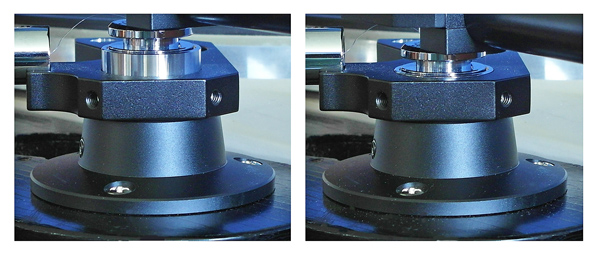| Columns Retired Columns & Blogs |
Art. Restoring all this 19th century gear is pretty cool. But, why don't you use that Rega P9 you have in your closet to listen to vinyl? You know, that P9 someone gave you to review, and then forgot to ask it back (and you cannot find them)?
I'm pretty sure it will be somewhat better than that Flintsone era Thorens... I still give you a thumbs up for restoring it.









































